Romer
Adventurer
The suggestion above about setting up a base camp and exploring from there is a good one
The trailer could do part of the Alpine loop depending on which way you go. The switchbacks up the Engineer would be a problem and even up cinimmon could be challenging. The alpine loop can be easily done in 4-5 hours so a base camp and then running it would be great.
White rim trail depends on Permits as you need permits for campsites. last i checked trauilers were not allowed. I have run White Rim with the Maze (Dollhouse) which does not allow trailers of any kind
I did the Swell and set up a base camp with friends
I have taken the Karavan up through northern Colorado, through Wyoming and then down to utah. That was fun, but you really need to understand if there are any switch backs or difficult obstacles
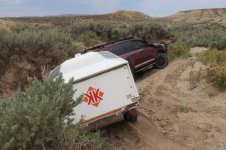
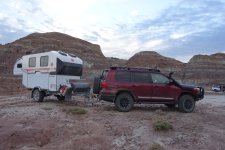
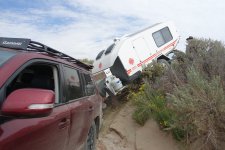
The Swell
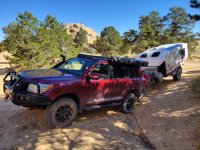
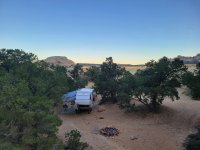
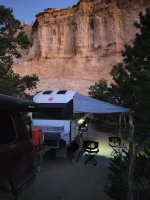
The trailer could do part of the Alpine loop depending on which way you go. The switchbacks up the Engineer would be a problem and even up cinimmon could be challenging. The alpine loop can be easily done in 4-5 hours so a base camp and then running it would be great.
White rim trail depends on Permits as you need permits for campsites. last i checked trauilers were not allowed. I have run White Rim with the Maze (Dollhouse) which does not allow trailers of any kind
I did the Swell and set up a base camp with friends
I have taken the Karavan up through northern Colorado, through Wyoming and then down to utah. That was fun, but you really need to understand if there are any switch backs or difficult obstacles



The Swell








